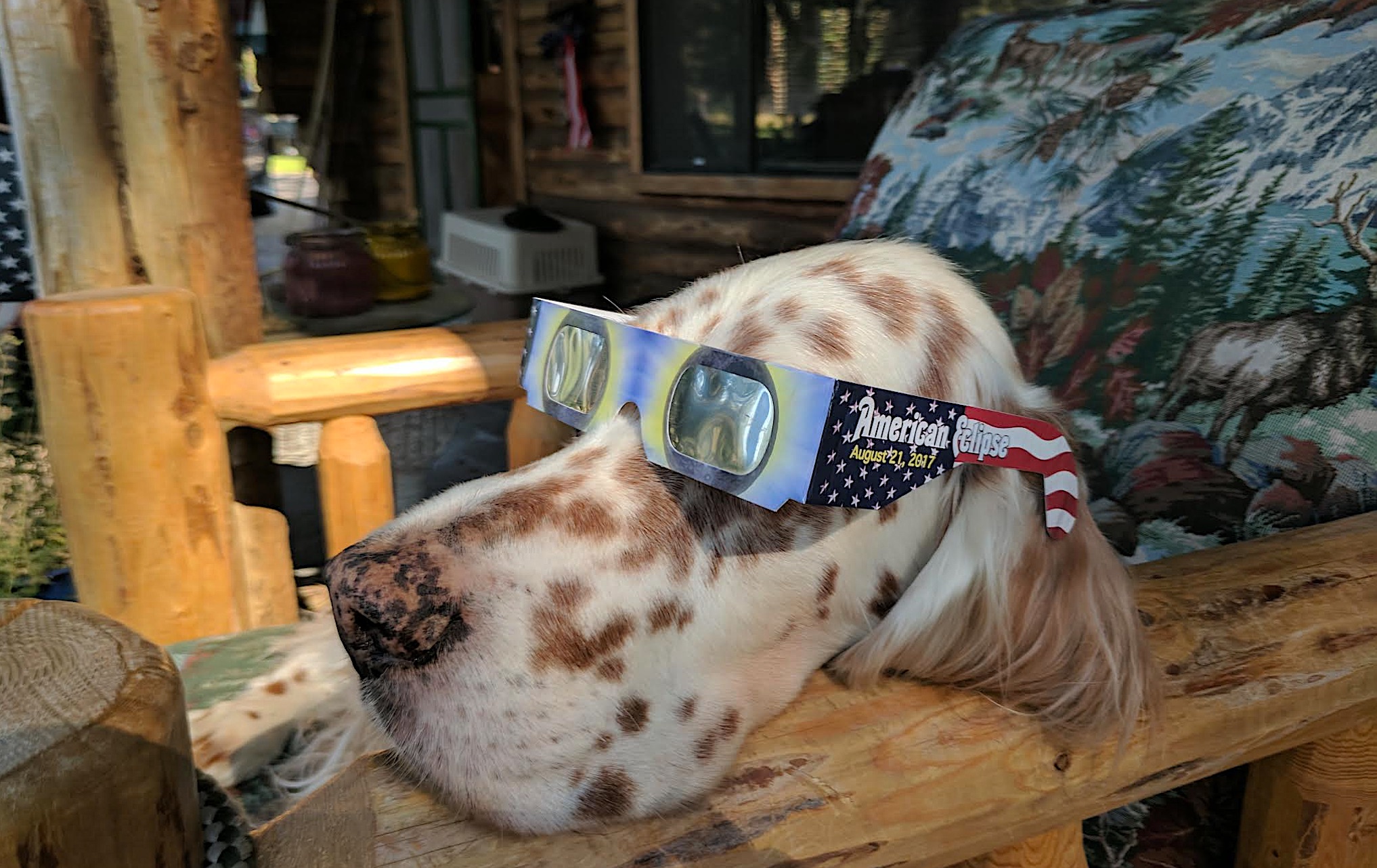
Before April 8's epic total solar eclipse sweeps over us, let's take a ride in the wayback machine to Aug. 21, 2017, when the last such event graced the Lower 48.
Nicknamed the Great American Eclipse, the 71-mile-wide (115 kilometers) shadow band stretched coast to coast through 14 states, from Oregon to South Carolina, and was observed by an estimated 215 million Americans, either directly or electronically. NASA reported that 4.4 million people alone were watching its 2017 TV coverage halfway through the eclipse, representing the largest livestream event in the space agency's history.
My humble cabin in the town of Sisters, in the High Desert of Central Oregon — just east of the Cascade Range near the outdoor playground of Bend — became the ideal vantage point for a memorable experience with my loyal English Setters, Balen and Copper, who were both at my side to witness day turning to night.
Related: Total solar eclipse 2024: Live updates
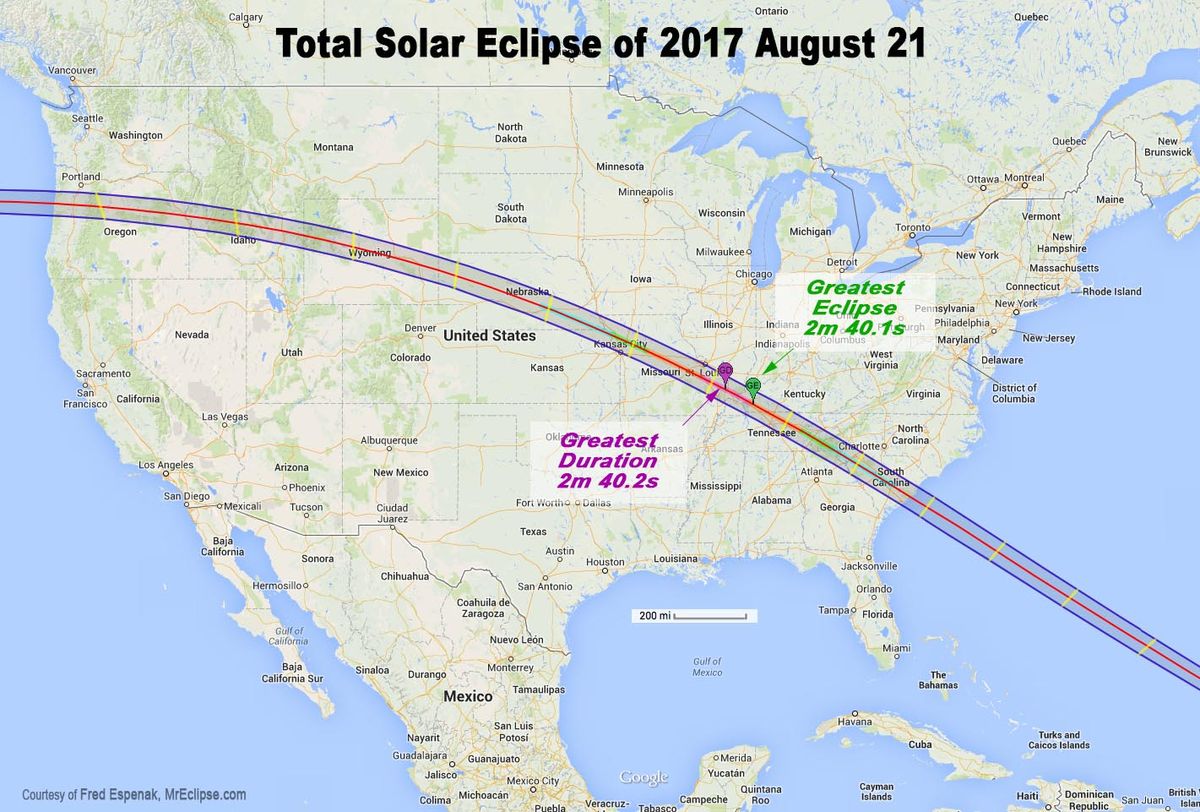
Forty miles (64 km) north of my location, centered in the coveted shadow zone, was the city of Madras, mostly known for its state prison and excellent Mexican restaurants. Eclipse chasers from around the country flocked to Oregon, with its wide-open inland spaces and likelihood of spotless azure skies to behold the celestial spectacle. Plus, Oregon was the first North American mainland stop on the eclipse itinerary, and you know how much we all love to be first for anything!
Area residents were warned months ahead about the potentially catastrophic gridlock that might occur as throngs of scientists, astronomers, media members and eclipse lovers congregated in this part of the Beaver State, with some estimates climbing as high as 200,000 extra bodies and their vehicles from the Portland metro areas clogging the lone highway of north-central Oregon.
The morning of the 2017 eclipse — a Monday — dawned with blue summer skies as predicted. After the dogs were fed and exercised on the lawn, I prepared a special "Total Solar Eclipse" blackberry waffle breakfast to fortify myself for the upcoming cosmic pyrotechnics. I even snapped a fun photo of Balen and Copper wearing officially approved eclipse eyewear, even though pets are usually unfazed by all the fuss since they instinctually know not to stare straight at the sun.
Get the Space.com Newsletter
Breaking space news, the latest updates on rocket launches, skywatching events and more!
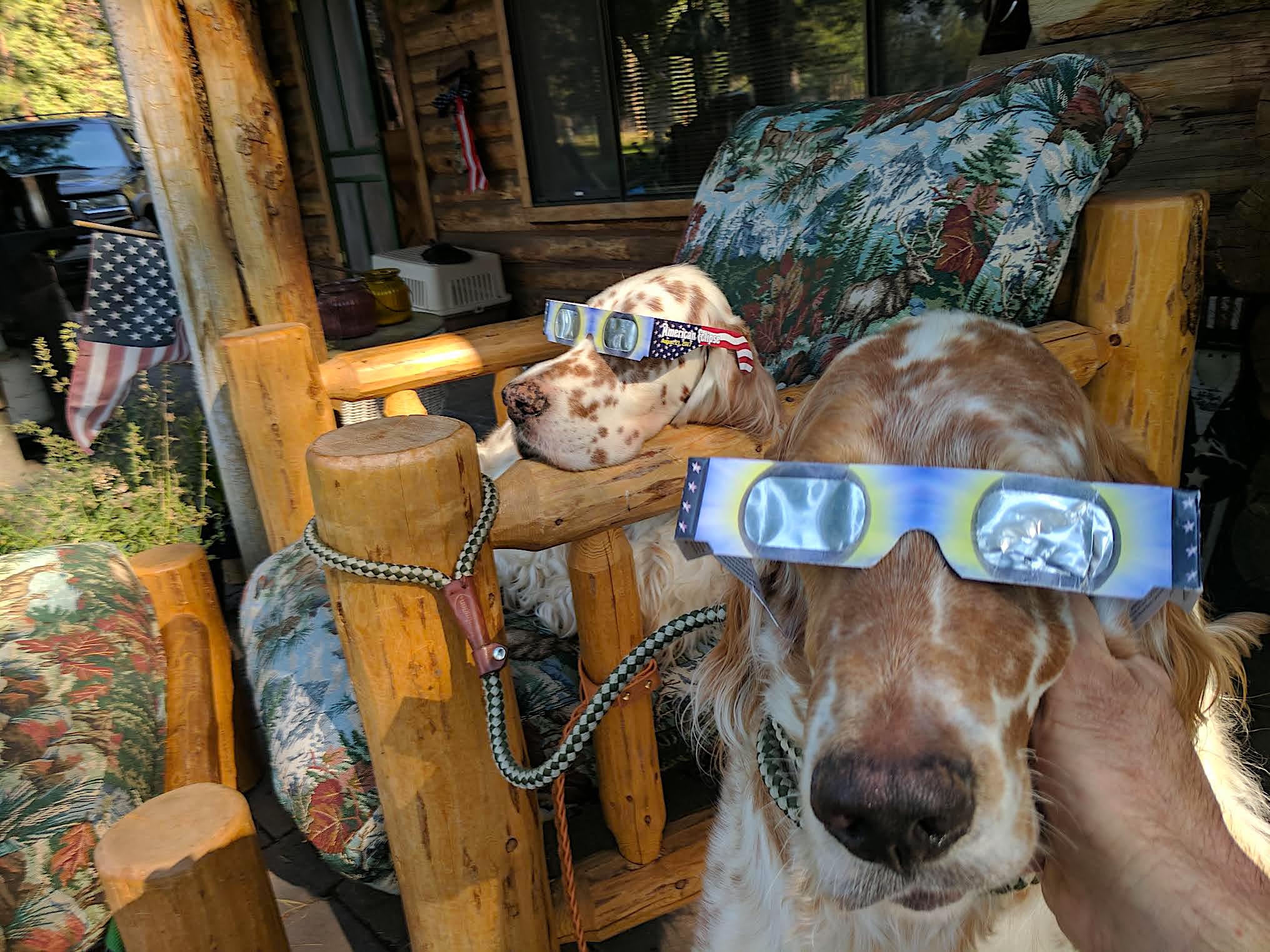
I was a seasoned solar eclipse junkie in 2017, having witnessed the 1995 total eclipse in Thailand, where I was poolside at a cool Japanese hotel in the city of Nakhon Sawan. It was a crystal-clear day in Central Thailand, and I honored totality by thrusting a teakwood cobra walking stick with red stone eyes into the air as a chorus of firecrackers and blaring horns erupted around us.
A saw another one a few years later in Hawaii, from the rocking deck of a Pacific Whale Foundation boat off the coast of Maui. It was during this celebrated solar eclipse event in 1998 that I silently cursed the cloudy skies for their interruption of my astronomical ecstasy. My spirits remained high, though, especially when the cheerful crew broke out an enticing spread of tropical fruits and macadamia nut muffins while we saluted the darkened canopy with a festive champagne toast.
But being home in my own backyard, just at the edge of the path of totality, in 2017 was a relaxing affair I couldn't pass up — a better option than running the risk of being hopelessly stuck on Highway 97 toward Madras for hours while trying to increase my time of totality by another minute or so. Local wildfire evacuations and highway closures for travelers driving east and west over the pass had prevented our quaint western town from being completely invaded.
After settling into my carefully placed Adirondack chair beneath a cluster of tall pine trees and checking my watch for the hundredth time in the past hour, I watched the moon's disk inch its way across the sun's shining yellow face, gradually eating away more chunks in its transit.
Related: Here are the most amazing photos and videos of the 2017 solar eclipse
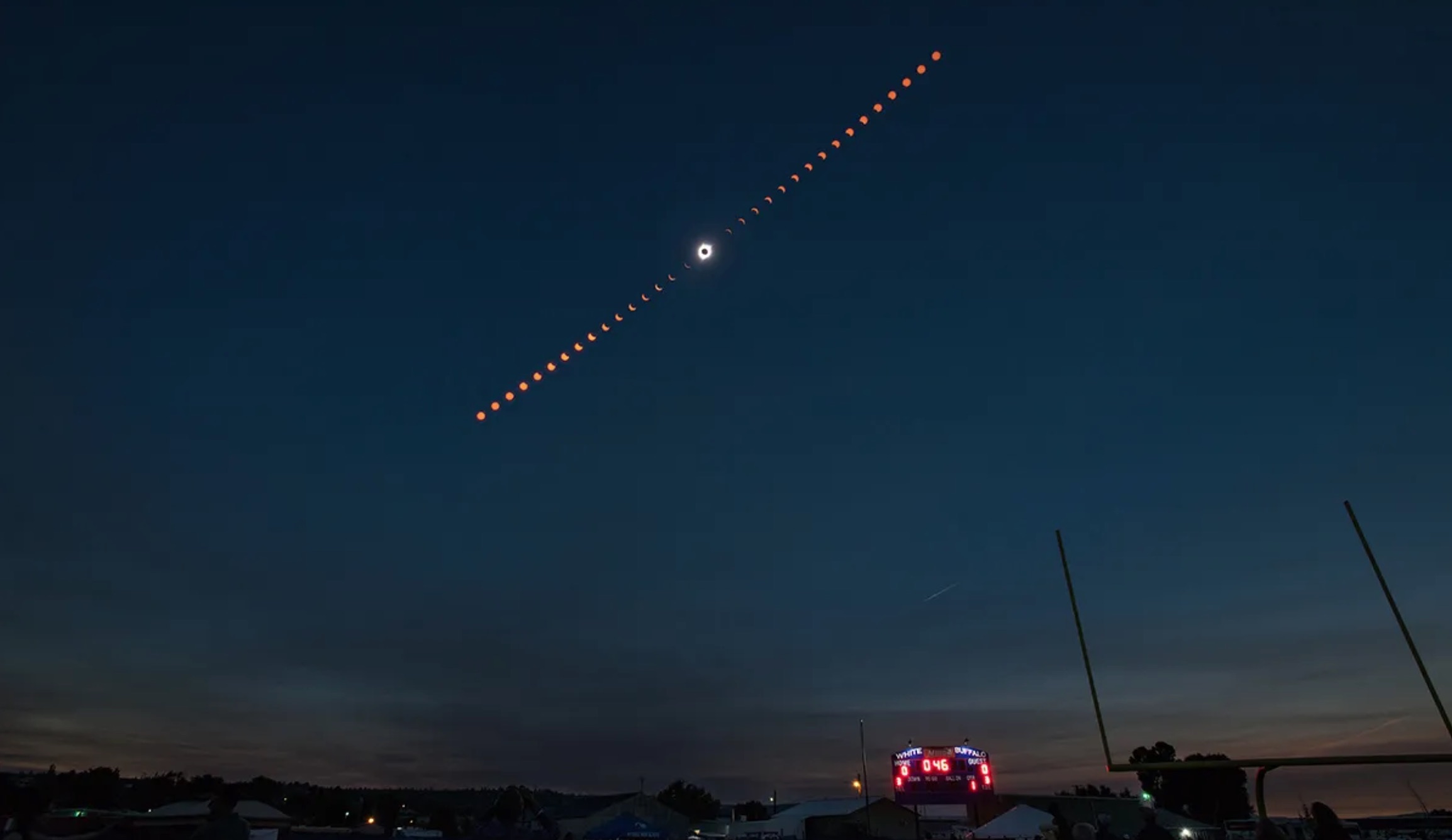
The moment of totality arrived at 10:20 a.m. It was as if a heavenly rheostat was being turned, shutting off the sun's glaring rays as the silvery corona burst forth in all its glory. For 36 short seconds, time seemed to stand still. The dogs were a bit restless as they tracked confused birds returning to the trees. An eerie hush descended in the moon's umbral shadow, and temperatures swiftly plunged.
However, it was all over in the blink of an eye, and daylight predictably returned to the pine-studded yard. Looking down, Balen had curled up on the green grass and was peacefully napping. Copper, being just a few months old and bristling with youthful energy, casually tried to eat his eclipse glasses.
Oregon is nowhere near the path of totality for the April 8 event that millions will gaze up at to absorb its awe and wonder. But I'm still planning on breaking out my old 2017 eclipse glasses to see Oregon's partial eclipse with the Setters once more, which will only be visible at 37%.
The dogs are most likely relieved they won’t again suffer the humiliation of being posed wearing solar eclipse glasses, and I honestly don't blame them.
Join our Space Forums to keep talking space on the latest missions, night sky and more! And if you have a news tip, correction or comment, let us know at: community@space.com.
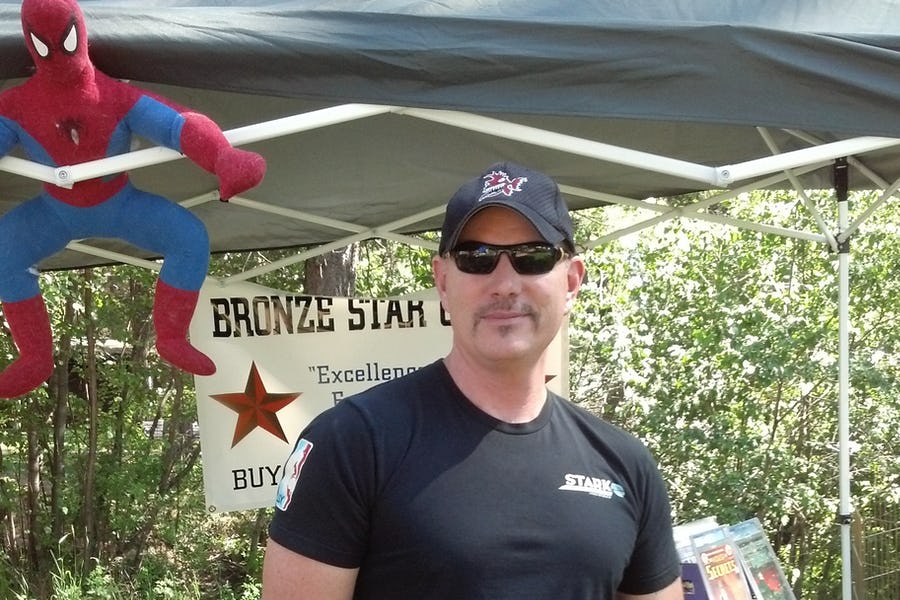
Jeff Spry is an award-winning screenwriter and veteran freelance journalist covering TV, movies, video games, books, and comics. His work has appeared at SYFY Wire, Inverse, Collider, Bleeding Cool and elsewhere. Jeff lives in beautiful Bend, Oregon amid the ponderosa pines, classic muscle cars, a crypt of collector horror comics, and two loyal English Setters.









